Government outlines measures to stabilise electricity supply
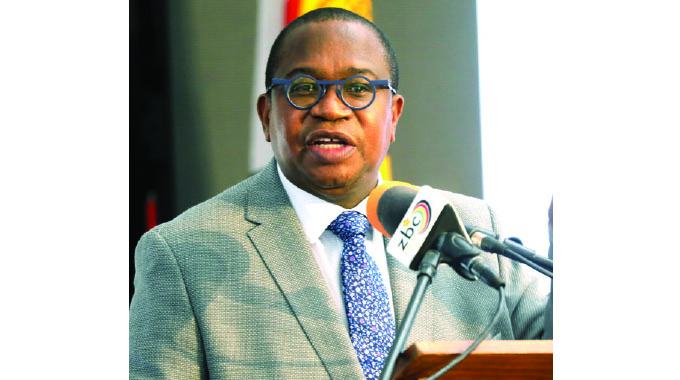
Africa Moyo, Harare Bureau
Efforts to stabilise electricity supply are ongoing, with the Government coming up with a raft of measures such as gradually reviewing the tariff upwards so that funds are available for maintenance, imports and expansion, expediting the commissioning of the new Hwange Power Station units, and maintaining old thermal power stations, Finance and Economic Development Minister Professor Mthuli Ncube has said.
Independent power producers are expected to play a key role in addressing the expansion of generation capacity.
Yesterday, a reliable source at Zesa said the commissioning of Hwange’s Unit 7 was now over 95 percent complete, with the technical commissioning having been done on November 5, but the final synchronisation of the systems is expected to start any day.
Since the technical commissioning of Unit 7 started, engineers have not reported any challenges.
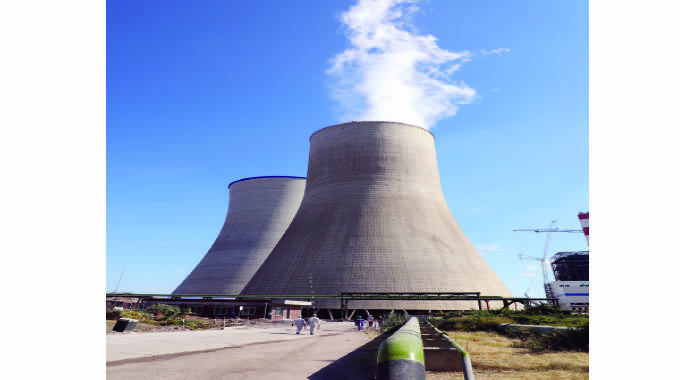
Hwange Power Station
The engineers have asked for patience so they deliver a quality product to avoid technical problems in the near future.
After the synchronisation of the system, where electricity would be channelled to the national grid on phased basis as part of the tests, commercial commissioning of the project will then be done.
Commercial commissioning is when electricity would be fed into the grid routinely. All these stages should be completed in the next few weeks.
The extreme caution by technicians at Hwange Power Station follows the collapse of a duct at Kusile, South Africa’s newest coal-fired electricity plant, resulting in one of the six generating units being shut down.
The Kusile plant had been under construction since 2008 and is expected to cost about R232 billion rand (US$12,7 billion). The affected unit is now expected to remain offline “for a few months” and Zesa does not want a Zimbabwean example of this preventable problem.
Zimbabwe has been facing electricity supply challenges, attributed to depressed generation at thermal power stations, low electricity production at the Kariba Power Station due to low water levels and vandalism of distribution infrastructure.
In the 2023 National Budget, Prof Ncube said availability of enough water for electricity generation at Kariba Dam during the present season “remains a risk that could force the Zambezi River Authority to reduce water allocation to Kariba Hydro Power Station, thereby substantially reducing electricity generation capacity”.
“To stabilise power supply, efforts are underway to ensure that Hwange Units 7and 8 are completed on time to bring the additional 600MW on to the national grid.
“This, together with increased maintenance of old thermal plants and investments by independent power producers, is expected to stabilise electricity supply in the medium term.
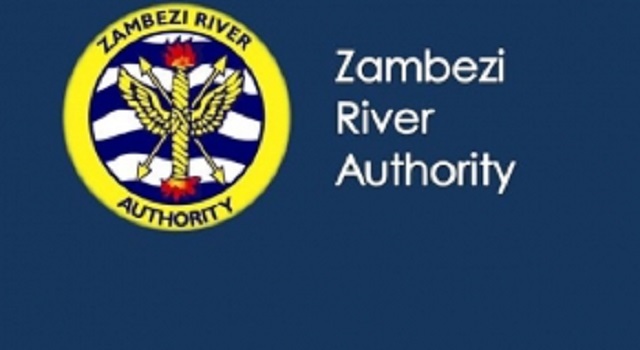
“Government is also gradually reviewing upwards electricity tariffs, with the ultimate goal of reaching a cost reflective tariff, which should enable the power utility to improve generation and capacity to import in order to close the supply-demand gap,” said Prof Ncube.
He said some of the major electricity consumers such as ferrochrome smelters, have been paying sub-optimal tariffs of 6,7USc/kWh, resulting in Zesa suffering huge losses that others have to make up.
In this regard, said Prof Ncube, the tariff for such consumers will be reviewed upwards and aligned with other consumers, thereby generating additional revenue for the utility to meet its external obligations, as well as capacity to import spares for maintenance.
A viable tariff is also expected to promote investment in the electricity sector especially by the independent producers who are entitled to a fair return on their investment.

Kariba Power Station
On its part, Government will introduce additional regulatory governance reforms on the power utility, including expediting the re-bundling exercise that is meant to improve efficiencies.
This will reverse the decision to split Zesa into a group of companies and restore the original single utility although with a number of operational units.
Prof Ncube said as part of demand management measures, and in order to address the huge debtor’s book, ZETDC will be rolling out the smart metering programme, as well as completion of the prepaid metering project in order to ensure that the debtor’s book is maintained at sustainable levels, thus creating a bankable balance sheet.
Smart meters track and control energy consumption, saving energy and money. Prepaid meters are already standard in residential and small commercial supply, ensuring that these bills are always paid and that consumers think about how to use power efficiently.
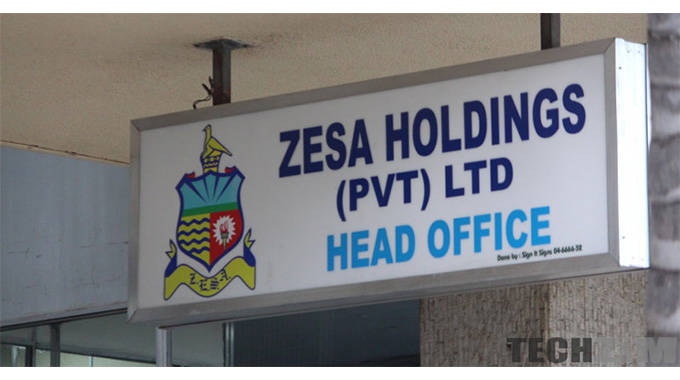
Zesa
Large industrial and mining consumers pay more for maximum load, rather than the actual energy, and a smart meter not only measures this maximum monthly load, but also allows the consumer to save power and money by working out how to reduce the maximum while increasing the average load.
Regulator Zera has licensed 64 independent power producers in renewable energy, with a capacity to generate 2 000MW, but only 10 are operational.
Zimbabwe has potential to generate 150MW from small hydros in the Eastern Highlands, but only 40MW are being fed into the grid from the small hydros.
Investment in the independent non-Zesa station have been slow on account of viability issues, with some of them saying the present tariff is not cost reflective, while others want Government guarantees to allow them to source for funds.
Prof Ncube said with technical assistance from the African Legal Support Facility, the Government, in consultation with relevant stakeholders, is working on improving the bankability of IPP projects by addressing currency-related risks, which should accelerate the implementation of renewable energy projects in the country.
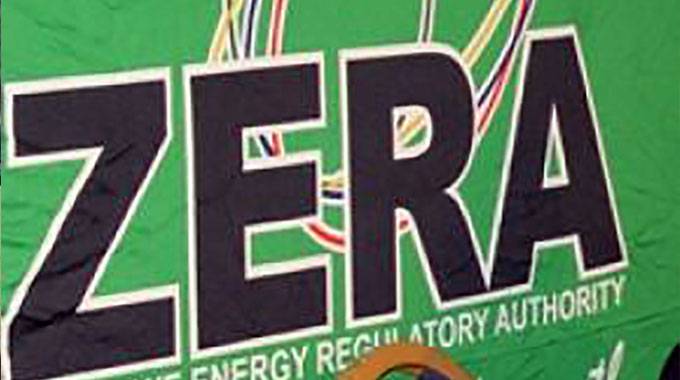
THE Zimbabwe Energy Regulatory Authority (Zera)
Chair of the advisory board of New Sahara Ventures Mr Ainos Ngadya, said to improve the supply of electricity, Zimbabwe should promote solar energy further, “both at grid level and off-grid level”.
“We have adequate landmass and best solar irradiance,” he said.
Mr Ngadya added that the plan by Government to maintain small thermals and promote investments by IPPs, is a “very practical approach, with huge impact, as small IPPs require less capital raise and can be implemented quickly”.
“This also ensure cross-pollination of ideals and technical know-how, right at grassroots level. The tariff has to be cost reflective for sustainability of the sector and provide bankable business cases to IPPs,” said Mr Ngadya.
Asked if rebundling Zesa would be useful, he said, that will ensure centralised decision making which leads to faster execution of strategic initiatives.
“It also creates a leaner corporate structure with less cost burden on overheads,” he said.
New Sahara Ventures has a cumulative portfolio of 100MW across the country, of which 10MW capacity is already at commissioning stage.
The remainder is being rolled in phases over the next 24 months.


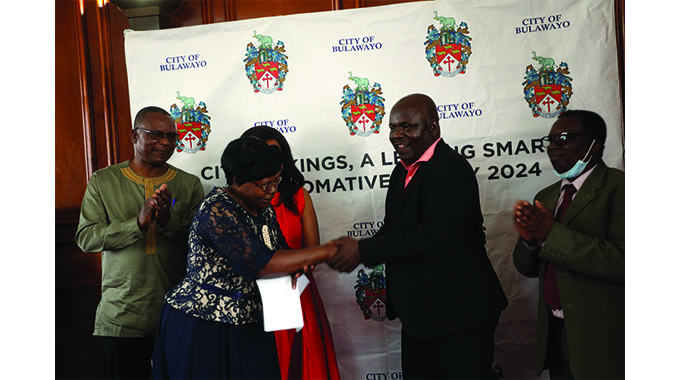
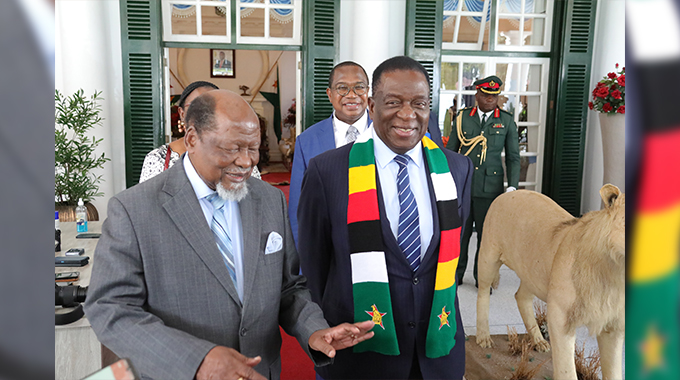
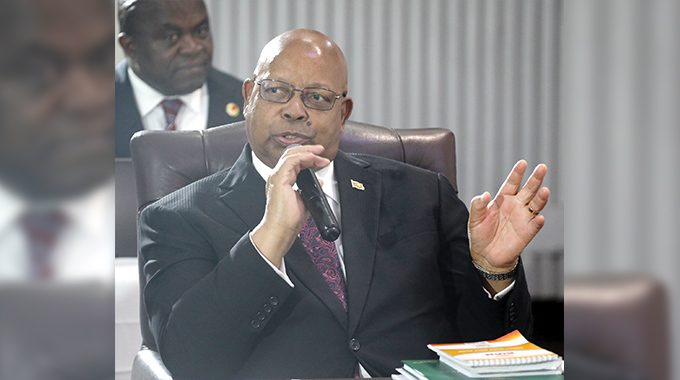
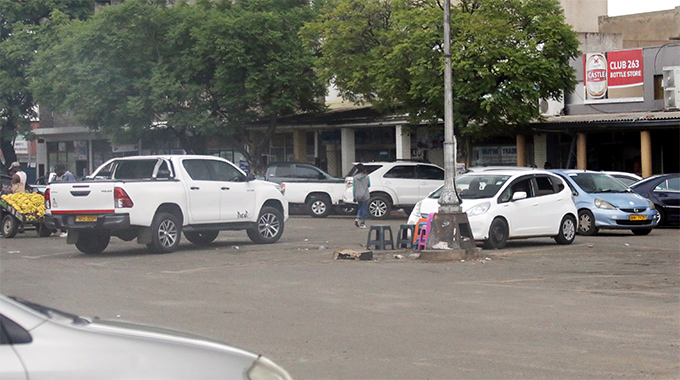






Comments